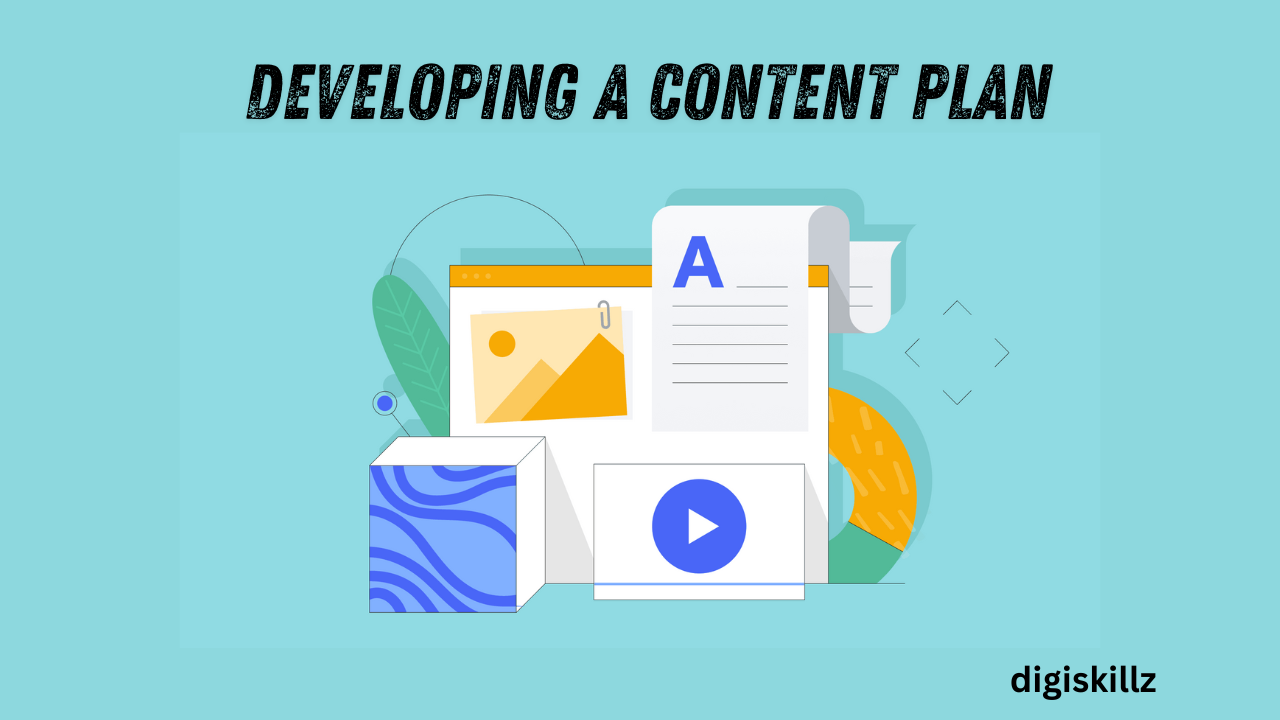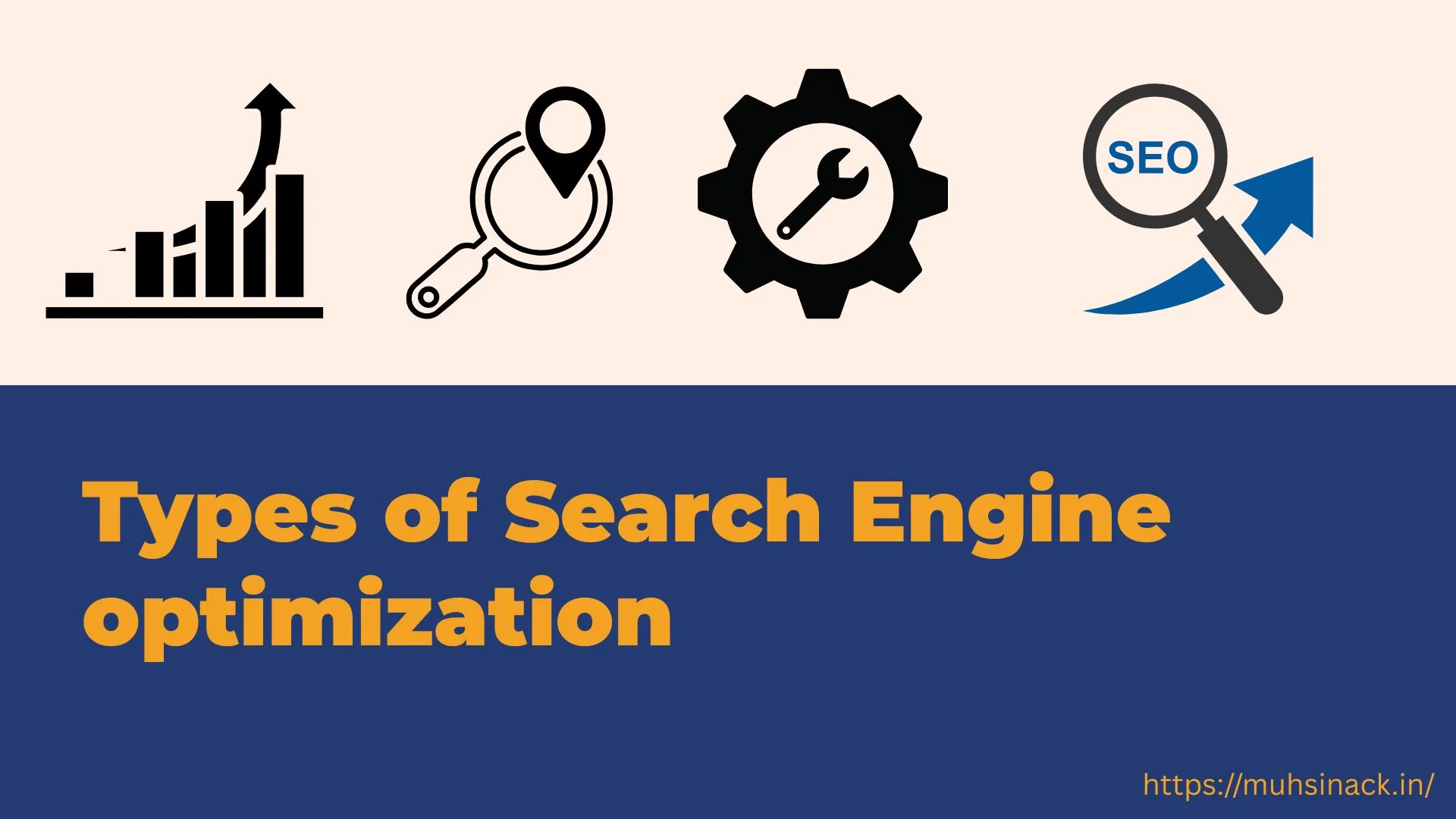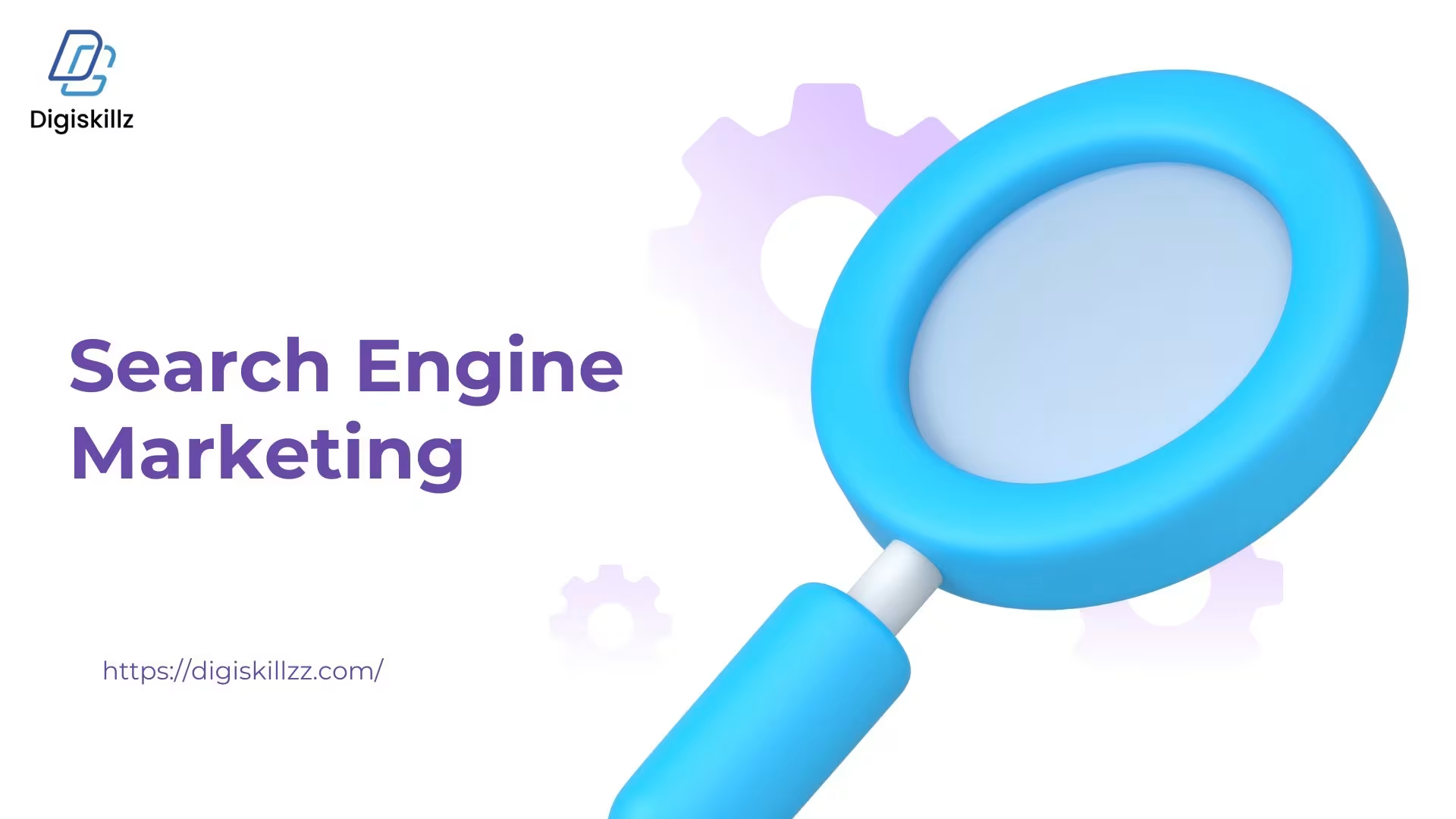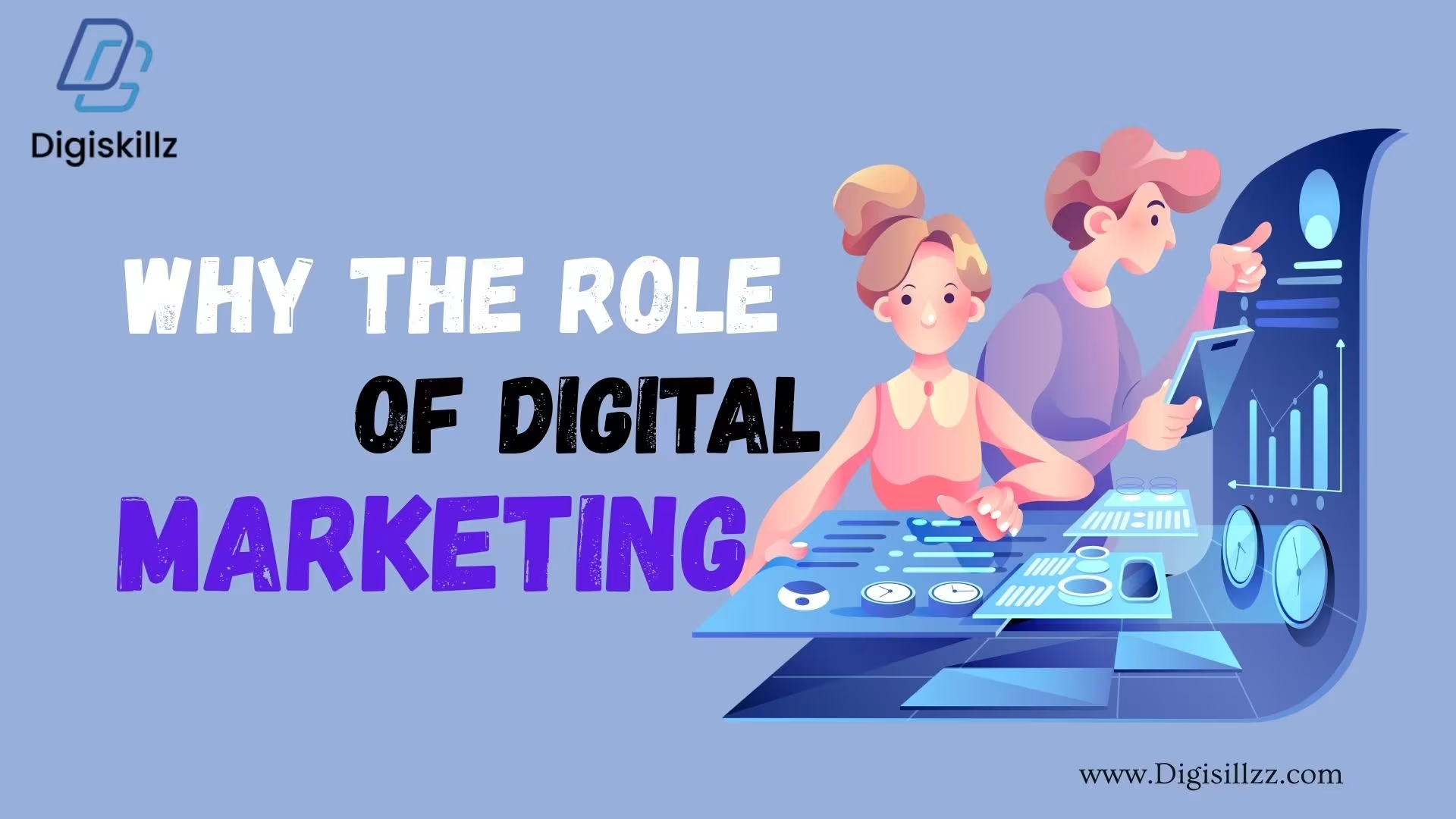In the digital world, where content is king, having a well-defined content strategy is essential for businesses, brands, and individuals looking to establish authority, engage audiences, and drive conversions. But what exactly is content strategy, and how can you develop one that aligns with your goals? This guide will walk you through the entire process, from planning and creation to optimization and success measurement.
Table of Contents
What is Content Strategy?
Content strategy involves planning, developing, managing, and optimizing content across various digital platforms. It involves aligning content with business objectives, audience needs, and SEO best practices to maximize reach and effectiveness.
A successful content strategy ensures that every piece of content serves a specific purpose: to inform, educate, entertain, or persuade your target audience.
Why is Content Strategy Important?
- Boosts Brand Awareness – A well-planned content strategy helps establish your brand as an authority in your industry.
- Drives Organic Traffic – Quality, optimized content improves search rankings and attracts more visitors.
- Enhances Audience Engagement – Valuable content encourages interaction and builds relationships with your audience.
- Improves Lead Generation – Strategic content can nurture leads and convert them into customers.
- Supports Business Goals – A strong content strategy ensures that all content efforts align with your company’s objectives.
Key Elements of an Effective Content Strategy
Defining Your Goals

Before creating content, identify your objectives. Do you want to increase website traffic, generate leads, build brand awareness, or improve customer engagement? Clear goals help shape your content approach.
Understanding Your Target Audience

- Demographics (age, gender, location)
- Interests and behavior
- Pain points and challenges
- Preferred content formats
- Use tools like Google Analytics, surveys, and social media insights to gather audience data.
Conducting Keyword Research

SEO plays a vital role in content strategy. Research high-ranking keywords related to your industry using tools like:
- Google Keyword Planner
- Ahrefs
- SEMrush
- Integrate these keywords naturally into your content to improve search visibility.
Developing a Content Plan

A content plan outlines what type of content you will create and when. Key components include:
- Content Calendar: Schedule blog posts, social media updates, videos, etc.
- Content Formats: Blog posts, videos, infographics, case studies, podcasts, etc.
- Distribution Channels: Website, social media, email marketing, guest posts, etc.
Quality matters more than quantity. Follow these tips:
- Be Original: Provide unique insights and avoid duplicate content.
- Focus on Value: Address audience pain points and offer solutions.
- Use Engaging Formats: Incorporate images, videos, and interactive elements.
- Write with Clarity: Use simple language, short paragraphs, and subheadings.
Optimizing Content for SEO

Ensure your content is search-engine friendly by:
- Using Keywords Strategically: Include them in titles, headers, and meta descriptions.
- Optimizing Images: Use alt text and compressed file sizes.
- Internal Linking: Link to relevant pages to improve navigation and SEO.
Promoting Your Content

Strategies include:
- Social Media Marketing: Share content on LinkedIn, Facebook, Twitter, and Instagram.
- Email Marketing: Send newsletters to subscribers.
- Influencer Collaborations: Partner with influencers for wider reach.
- Paid Advertising: Use Google Ads or social media ads to boost visibility.
Measuring Performance and Refining Strategy

Track key metrics to evaluate content performance:
- Website Traffic: Monitor page views and unique visitors.
- Engagement Metrics: Analyze shares, comments, and likes.
- Conversion Rates: Measure sign-ups, downloads, and sales.
- Bounce Rate: Assess whether visitors are staying on your page.
- Use tools like Google Analytics, SEMrush, and HubSpot to analyze data and refine your strategy.
- Common Content Strategy Mistakes to Avoid
- Lack of Clear Goals: Without defined objectives, content lacks direction.
- Ignoring SEO: Poorly optimized content won’t rank well.
- Inconsistent Posting: Irregular updates reduce audience engagement.
- Not Tracking Performance: Without data analysis, improvement is difficult.
- Focusing Only on Sales: Content should educate and engage, not just sell.
Conclusion
A well-planned content strategy is the key to building brand authority, engaging your audience, and driving conversions. By understanding your audience, creating valuable content, and optimizing for SEO, you set the foundation for long-term success. Stay consistent, track your performance, and adjust your strategy as needed to keep up with changing trends. Start implementing these steps today and watch your content efforts pay off!












Leave A Comment